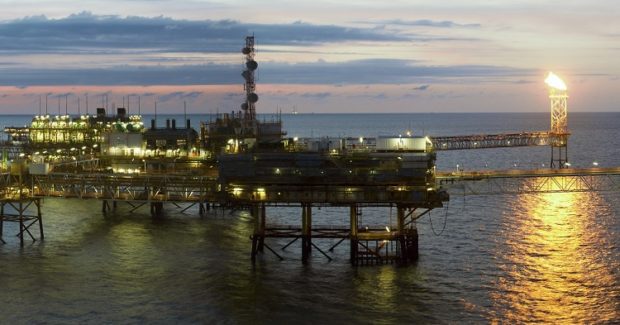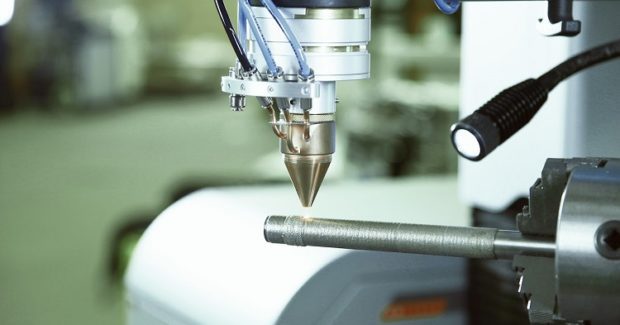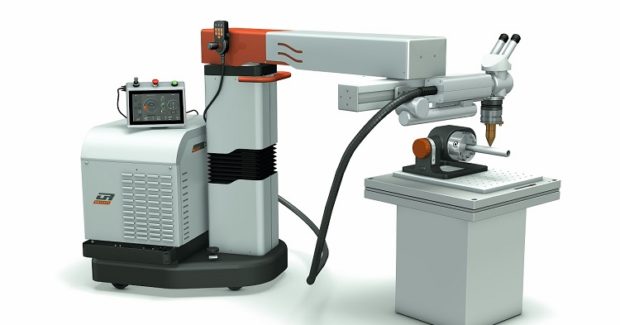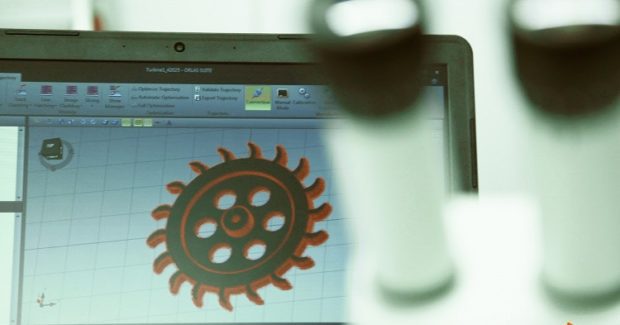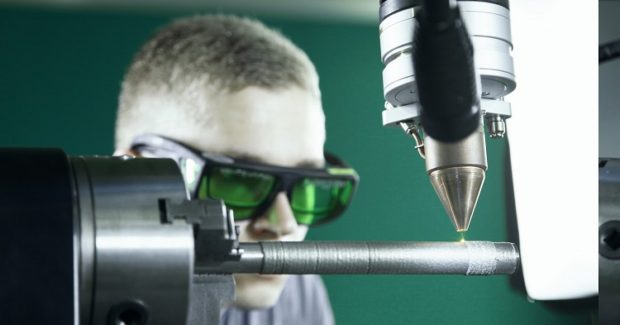How Additive Manufacturing Extends the Life of Sensors
The sensor elements used to monitor the flow in oil and gas pipelines suffer considerable wear as a result of corrosion and abrasion, which shortens their lifetimes and necessitates costly repairs. Now direct metal deposition (DMD) can be used to increase the durability of these sensors and improve the reliability of those pipelines.
Posted: August 12, 2017
Industrial sensors are very sensitive components. They are deployed to precisely and reliably monitor temperatures, flow rates, and pressure over long periods of time in oil and gas pipelines and other applications. These sensors are subjected to extreme stresses during operation. Each day, about one million barrels of crude oil (or 160,000 cubic meters) pass through a pipeline with a diameter of one meter – the equivalent of 1,850 liters per second. Onshore gas pipelines have an extremely high internal pressure of 100 bars, which can even reach 200 bars or more in offshore pipelines. The sensor elements used to monitor the flow in these pipelines suffer considerable wear as a result of corrosion and abrasion. This shortens their lifetimes and necessitates costly repairs.
Now an additive manufacturing technique called direct metal deposition (DMD) can be used to increase the durability of these sensors and improve the reliability of gas and oil pipelines. We spent a year collaborating with the Fraunhofer Institute (Munich, Germany) to develop a highly efficient, easy-to-install powder nozzle that works with high repeatability in additive laser operations and is suitable for automated processes. Thanks to this innovative powder nozzle, the technology of powder-based laser cladding (also known as DMD) can now be used to greatly prolong the life expectancy of these sensors. This additive laser technique enables the reliable protection of these sensor elements by means of a hard alloy that makes it possible to significantly extend the lifetimes of the sensors used in the pipelines.
https://youtu.be/QeaqaFEoraY
The way to protect a sensor from wear is to coat it with Stellite. The cobalt-chromium-based alloys known by this name are very difficult to machine. The conventional approach is to apply composite clad layers with a total thickness of several millimeters. However, the intense heat applied during the process results in considerable mingling of the sensor’s material with the Stellite cladding, which means the use of the traditional method can considerably shorten sensor lifetime. But unlike conventional techniques, a laser only minimally melts the surface of the sensor, and only at scattered points.
A compact EVO Mobile laser welding system is excellent for applying wear-resistant coatings and carrying out repairs or modifications. The system uses relatively low laser output levels that start at 200 watts, but its high deposition rate of up to 5,000 mm³/h makes it ideal for a vast range of applications. It boasts both high efficiency and great value for money due to its low price. Metallic powder with grain sizes between 45 µm and 90 µm is fed coaxially to the laser beam and permanently fuses with the object’s surface. The advantages of this approach include precise deposition of the material, low heat penetration, and an undistorted, crack-free coating. Track widths between 200 µm and 2 mm are possible. This coaxial arrangement also permits deposition of material independently of the direction of cladding so that the workpiece can be freely rotated in all directions and, if required, even “grow” in three dimensions.
https://youtu.be/BKKIGt7L2LI
Moreover, the laser parameters can be dynamically adjusted to changing conditions on the fly. In order to prevent oxidation and the formation of tiny bubbles, the work is done in a shielding atmosphere of argon, a noble gas. The resulting surface quality is like new, free of pores and cracks, very close to the required final contours, and neat. The sensor itself is hardly affected by this minimally invasive technique, while its resistance to wear is greatly improved. Orlas Suite CAD/CAM software can be used to program the cladding strategy for complex geometries and align the required laser tracks with micron accuracy. For clamping the workpiece, there is a rotary shaft that allows full five-axis CNC work to tap the full potential of this innovative additive manufacturing system.


